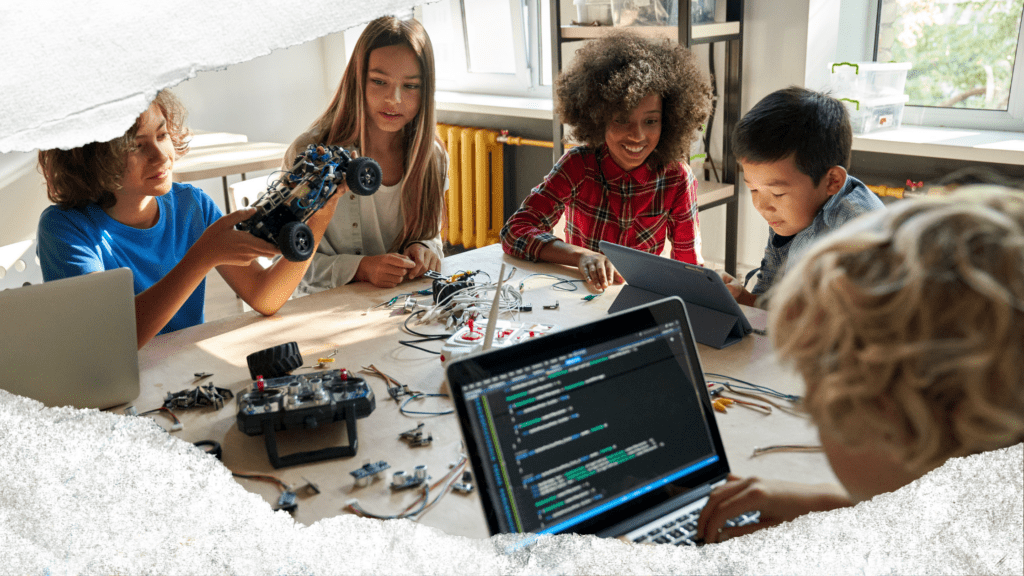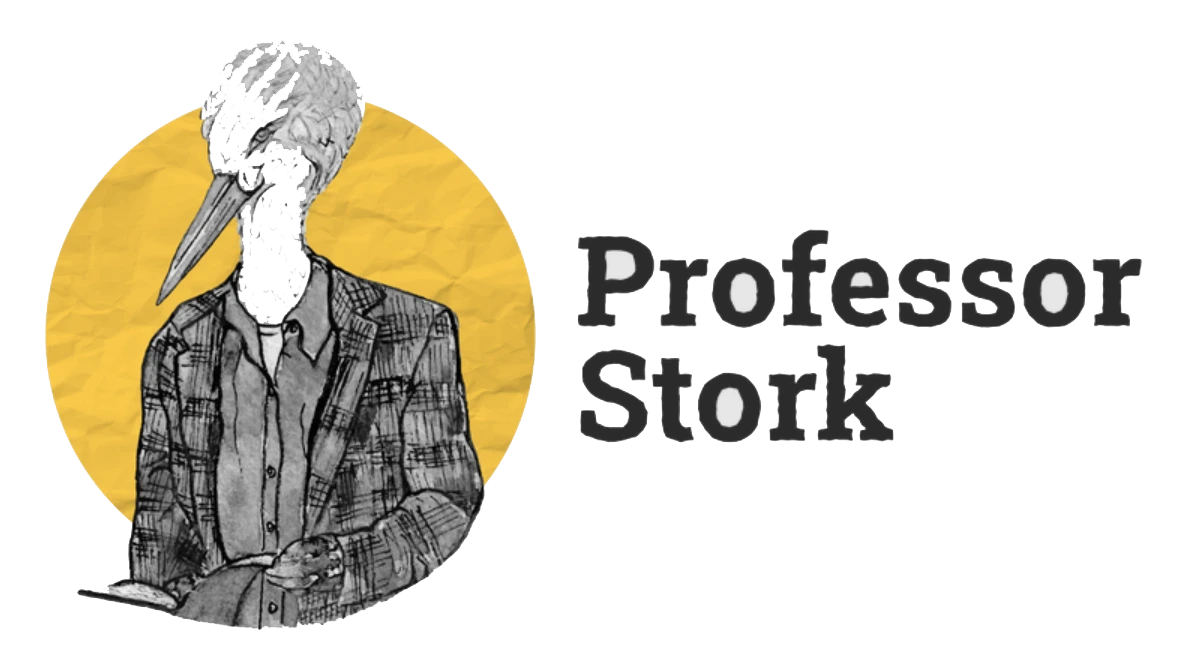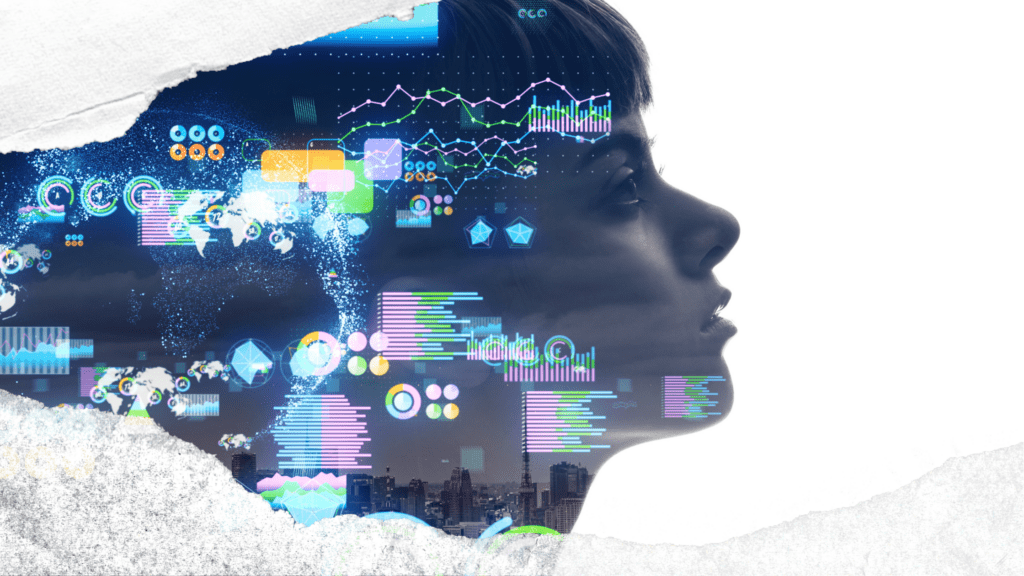Creating Balance Between AI And Reality


To answer the question, should AI replace teachers in the future, we need to look outside the specifics of the teacher’s role as it relates to educational development and think about humanistic values. There are not going to be any easy answers when creating balance between AI and reality.
Today, important conversations about AI replacing teachers and psychologists are happening all over the globe with strong arguments being offered on both sides. The obvious conversation ender, “AI could never replace a teachers or a psychologist” no longer bears enough weight to dismiss AI in those roles out of hand. And if it’s not happening already, the next conversation we’ll be hearing about is, should AI replace parents?
Humans are flawed and inconsistent. There are both great and terrible teachers, psychologists, and yes, parents. Every human is unique, and every child. AI is not restricted by those most human limitations.
Parents, educators, child psychologists and other caregivers have every reason to be concerned children are spending too much time on devices, on screens. But challenges in the near future will be exponentially more concerning. Caregivers will be challenged to balance the time children spend in the real world versus AI worlds, those created by virtual reality and augmented reality.
Augmented reality (AR) is technology that overlays digital information onto the real world, enhancing the user’s experience by adding an interactive layer. Virtual reality (VR) completely immerses the user in a computer-generated environment. Both AR and VR are becoming more prevalent every day, as they offer highly engaging and immersive experiences for users, including children.
For caregivers, including teachers, a rapidly evolving landscape exists where they must adapt to ensure their children’s physical, mental, and social well-being in the face of new technologies. The concerns of excessive screen time, addiction, and social isolation become even more prominent as AI integrates into our everyday lives.
- Caregivers should establish a healthy balance between screen time and real-world experiences by setting limits on the amount of time spent in AR or VR.
- Caregivers should promote a variety of activities, such as physical exercise, outdoor play, and engaging in social interactions, that enable children to develop the necessary skills to thrive in society.
- Family time should be prioritized as much as possible in this busy world to help children maintain strong connections to the real world, and keep their digital interactions in perspective.
- Caregivers should educate themselves about AR and VR technologies and their potential effects on children. This enables informed conversations with children to help them understand how to appropriately use these technologies.
- Keeping up with the latest advancements in AI also enables parents to encourage children to use AR and VR technology responsibly and creatively while mitigating the risk of addiction.
- Monitoring content and safety is important, including verifying the safety and age-appropriateness of content their children engage with in AR or VR environments.
- Caregivers should encourage lots of real-world socialization, prioritizing face-to-face interactions and activities that promote interpersonal skills, empathy, and communication.
- Caregivers should participate in AI, VR, or AR experiences with their children to open the lines of communication, and promote responsible use of these technologies.
- At home and in school caregivers need to encourage activities that support the well-rounded development of essential skills, such as physical exercise, creative arts, independent play, and structured learning.
The increasing presence of AI, plus AR and VR, in our lives creates unique challenges for caregivers as they try to balance time their children spend in the real world vs. the digital realm.
It’s not enough for any of us to say, AI could never replace teachers, or any other profession. But teachers, by staying informed, setting boundaries, and fostering healthy relationships with both technology and the real world in the classroom, can help ensure their children’s well-being in the age of AI, and their own future.
Parents who are concerned about the use of artificial intelligence (A.I.) in classrooms can benefit greatly from joining Professor Stork’s community. By connecting with other parents who share their concerns, they can build a network of support and exchange information and ideas on how to address this issue with school administrators and policymakers. Through Professor Stork’s community, parents can become more informed and empowered advocates for their children’s education in the age of A.I.








Responses